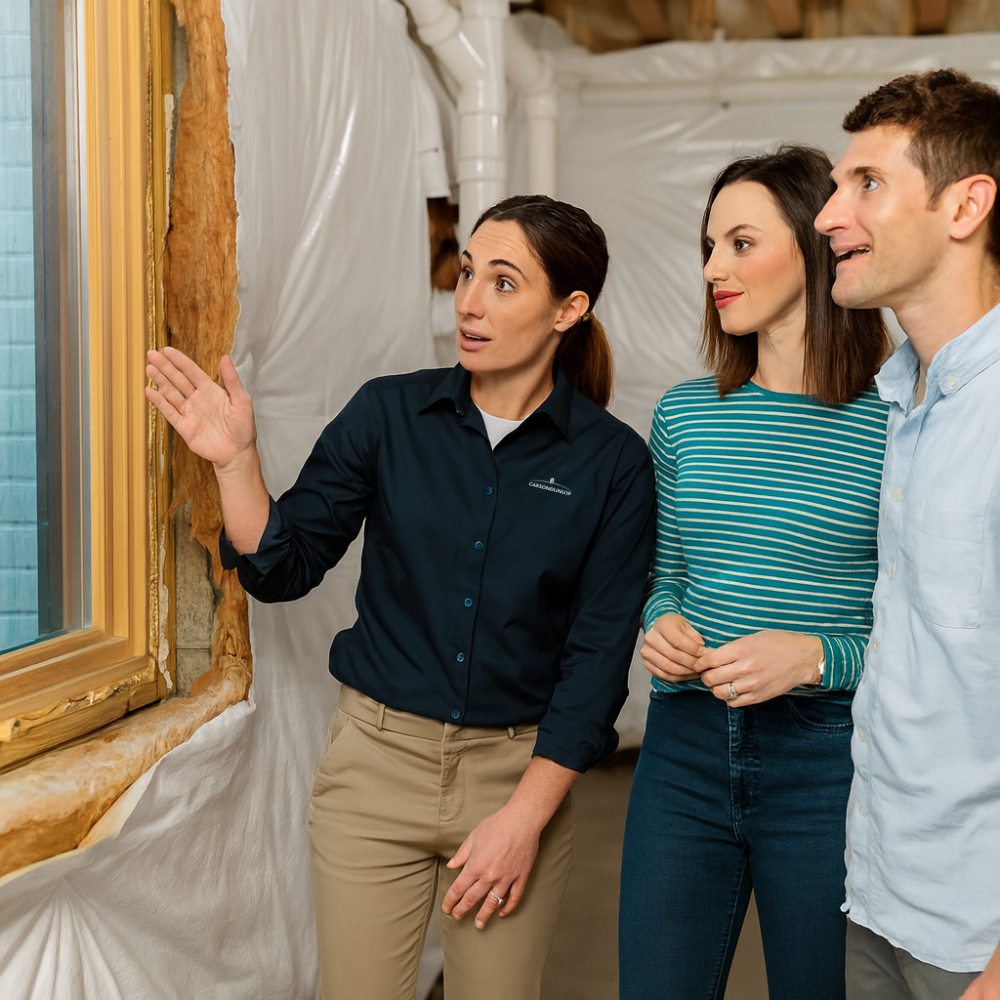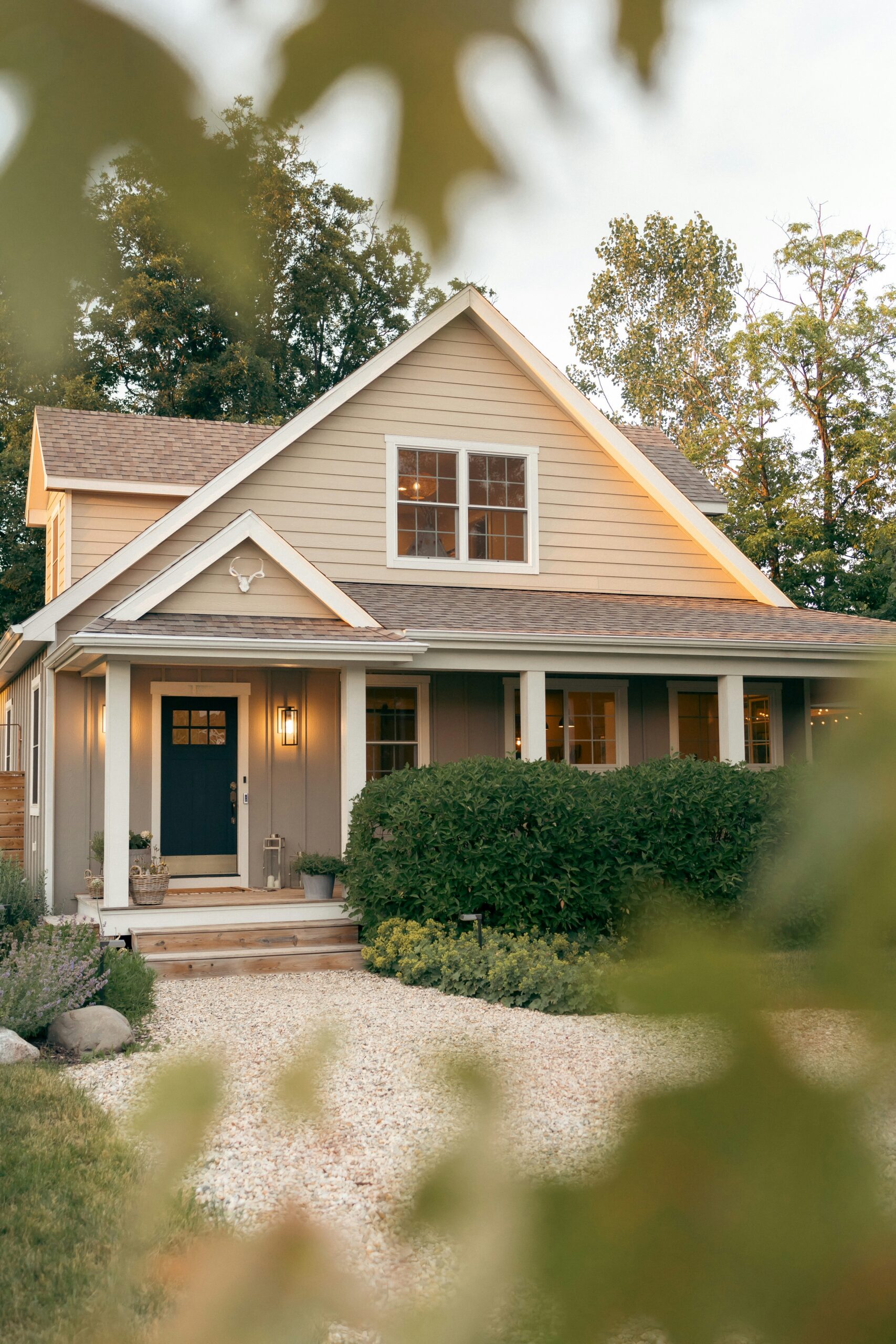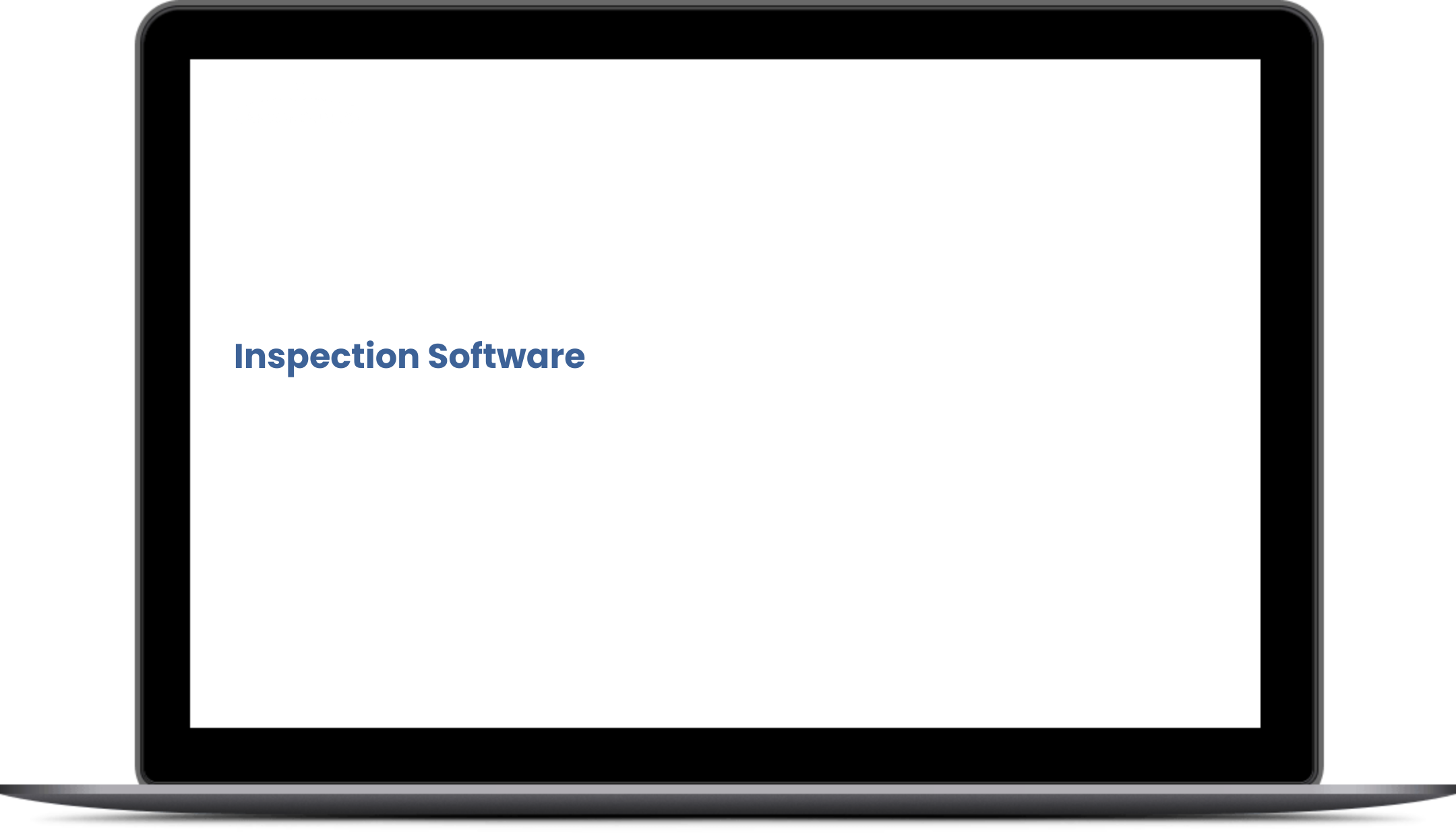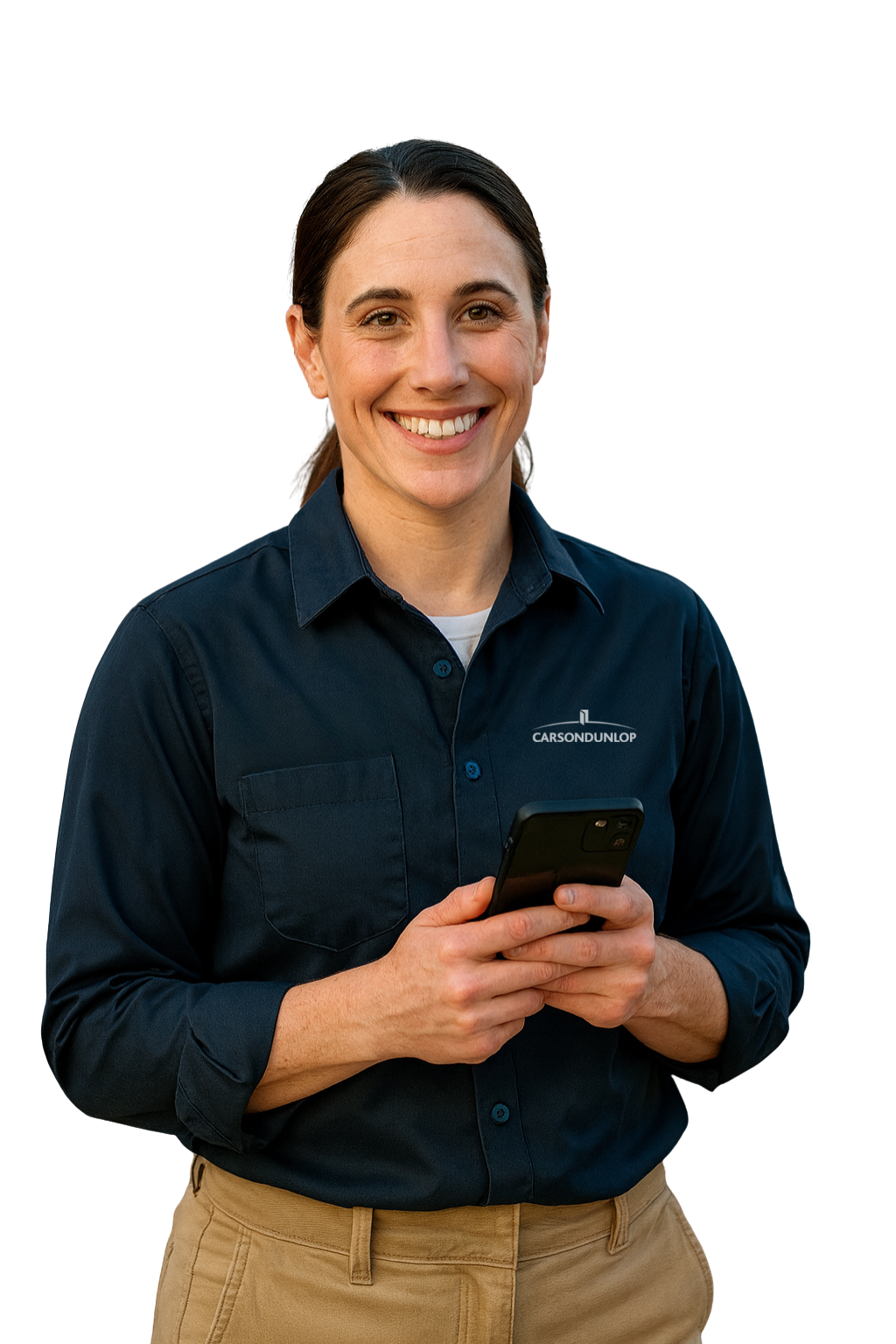Built By Home Inspectors, Backed By 45+ Years Of Industry Experience, And Designed To Help You Run Your Business Faster, Easier, And More Professionally.
Inspection Software That Works as Hard as You Do Try It Free TodaySoftware Built for Inspectors. Designed for Growth.
A Complete System Designed To Help You Strengthen Your Business, Increase Referrals, And Deliver Outstanding Client Value.
Whether you’re on-site or in the office, Horizon provides a complete system for you to manage your entire operation from scheduling and marketing to delivering clear, professional reports. Built by Carson Dunlop, Horizon combines decades of field experience with modern, intuitive technology.



Horizon Is Built For The Realities Of Daily Inspection Work And Provides:
Automated marketing and lead generation tools
Faster, structured on-site reporting
Clean, illustrated reports clients and agents can clearly understand
Accurate scheduling, contracts, and invoicing all in one place
Reliable training and unlimited technical support from experts who understand inspections
Secure cloud archiving for reports, photos, and documents
It’s the software inspectors trust to stay organized, deliver exceptional service, and run a more efficient and professional business.


The Gold Standard in Home Inspection Software
Designed By The Leaders Who Helped Shape North America’s Home Inspection Profession And Trusted By Inspectors Across Canada.
Horizon was created to solve the real challenges inspectors face on the job. With 45+ years in the industry, 150,000+ inspections, and 5,000+ inspectors trained, we knew exactly what professionals needed: clear reporting, efficient workflows, and a system designed around real-world inspection work.
What began as an innovative reporting tool has evolved into a modern, cloud-based platform that helps inspectors run their entire business with confidence.

Horizon Is Your Partner For Growth, Helping You:
Strengthen And Grow Your Inspection Business
Deliver Outstanding Value To Every Client
Build Trust With Agents And Homeowners
Offer Reporting That Reflects True Professionalism And Expertise
The Result: Software You Can Rely On. On-Site, In The Office, And Everywhere In Between.
The Software Behind Canada’s Top Home Inspection Experience
Providing The Tools To Deliver Accuracy, Efficiency, And Exceptional Service.
Every feature of Horizon is designed to make your inspection process smoother, faster, and more professional. From booking the job to sending the final report, you’ll have a complete system that keeps your business organized and your clients confident in your work.

Here Are features You Can Count On:
Reports:
Clear, illustrated, professional reports built on a proven reporting structure trusted across Canada. Horizon helps you document findings with accuracy, consistency, and confidence.
Scheduling:
A complete scheduling system that keeps your business organized and prevents errors. Book inspections, manage availability, send contracts, and invoice all from one integrated dashboard.
Automated Marketing:
Stay top-of-mind with agents and past clients using automated follow-ups and targeted outreach that reinforce your professionalism. Horizon helps you nurture relationships consistently and strategically, even on your busiest days.
Training and Support:
Unlimited live technical support, one-on-one onboarding, and ongoing guidance from experts who understand the inspection profession. You’re never left troubleshooting alone.
Ready To See What Horizon Can Do For Your Business?

What Inspectors Are Saying
Real Tools. Real Support. Real Results.
Horizon has helped inspectors across Canada deliver clearer reports, streamline their workflow, and grow stronger, more profitable businesses. Whether they’re new to the profession or leading multi-inspector teams, the feedback is the same: Horizon elevates the way they work.
Upgrade the Way You Work
Faster Reporting. Stronger Service. A Better Experience For Every Client.
Are you looking to streamline your workflow, improve report quality, or grow your business with confidence?
Horizon provides you with the platform to make it happen.
Built by inspectors, refined over decades, and trusted across Canada, Horizon helps you deliver accuracy and clarity without the technical headaches.
It's time to take your reporting to the next level.

